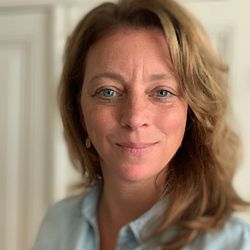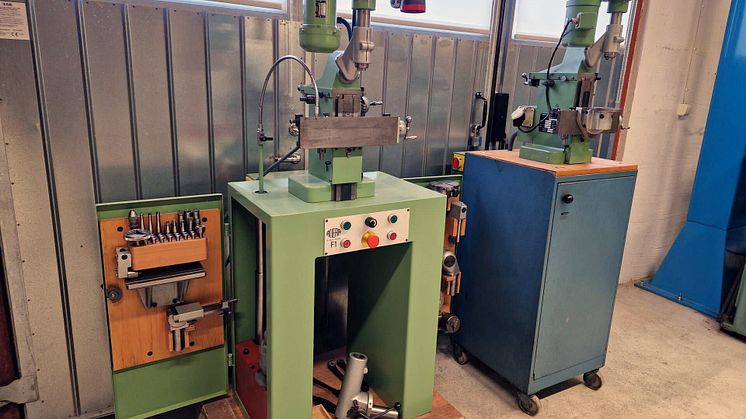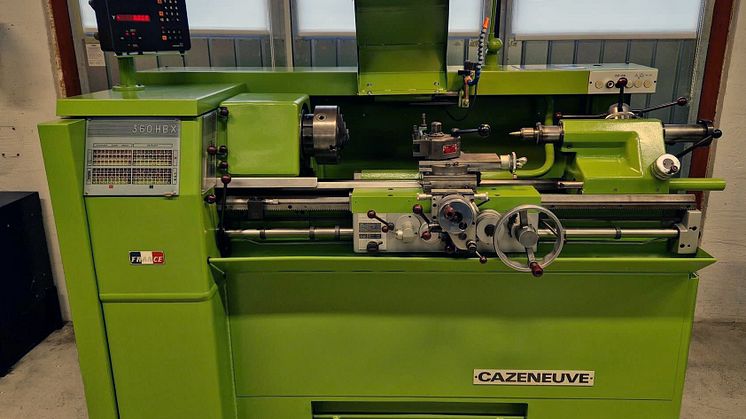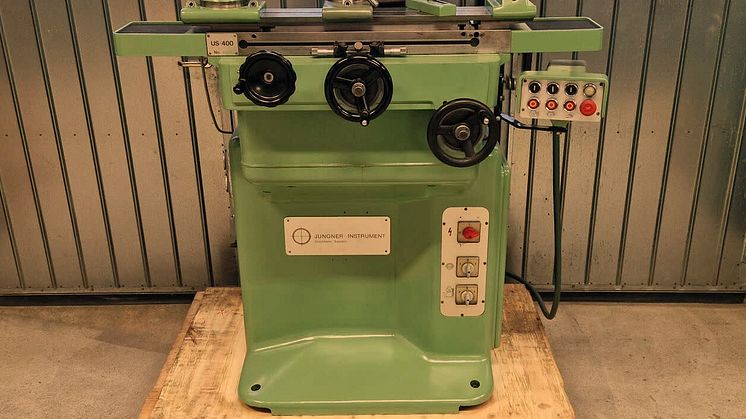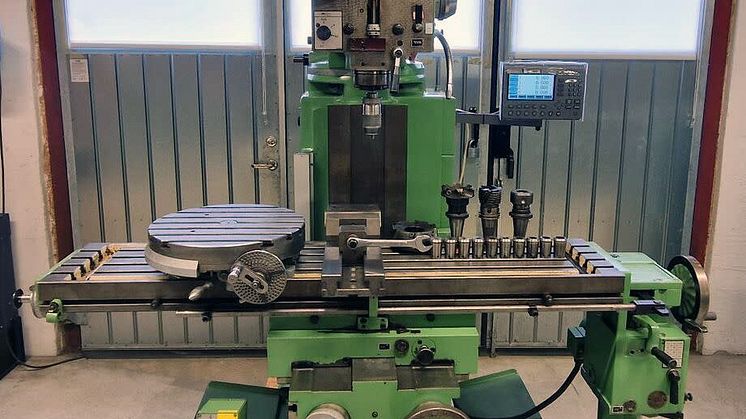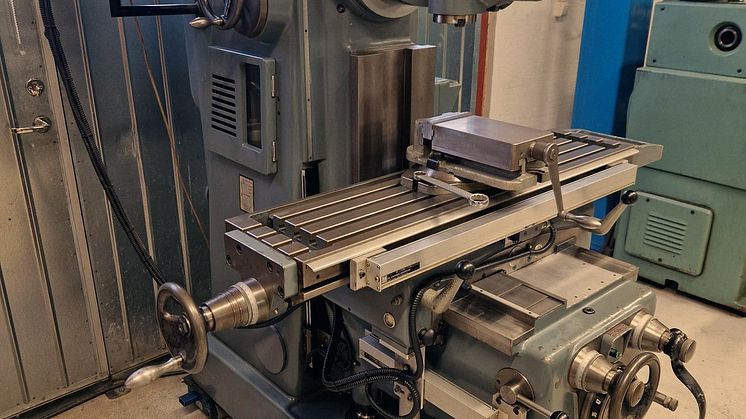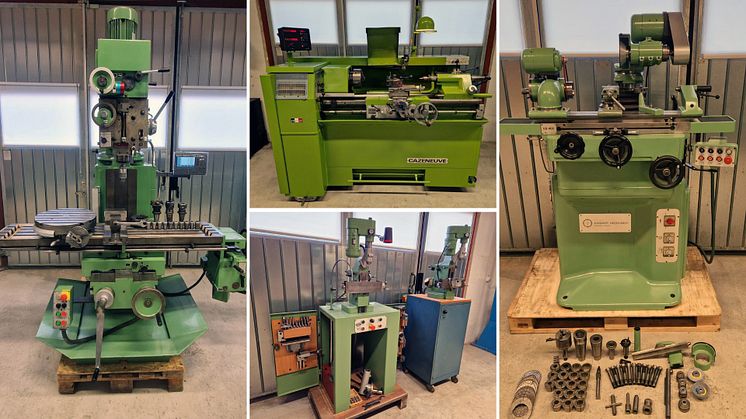
Press release -
Why were old lathes, milling machines and drills green?
The green lathes, milling and drilling machines seem like relics from times gone by. These robust machines, often lacking CNC technology, are now rarely seen. From the 1950s to the 1980s, the so-called Reseda Green was one of the standard colours. Since green causes the least eye strain and helps prevent accidents in the workshop, Germany even had a standard, DIN 1844, until 1974, which specified Reseda Green as one of two machine colours. Even today, these green machines are cherished by collectors and connoisseurs.
Here and there, you can still find these old gems in workshops. Until the 1980s, the majority of lathes, milling, and drilling machines were green. But why was this the case?
A significant reason is the effect that the colour green inherently has. Green, a mix of advancing yellow and retreating blue, unites the contrasts and meanings of both colours: cold and warm, active and passive, emotion and rationality. This makes green calming and relaxing – perfect for a workshop.
Green strains the eyes less than other colours. This not only boosts work performance but also contributes to safety in the workshop. This is also evident in other areas: Operating theatres often use green because it does not glare under bright light and keeps the eyes alert. Similarly, school blackboards are often painted green for this reason.
Additionally, there's another practical reason for the colour in the workshop: Green makes dirt and oil less visible. The same applies to Blue-Grey, the other popular machine colour of the last century.
Reseda green: from nature to machine
The typical machine green is Reseda Green, also known as RAL 6011. Reseda is a genus of plants that includes Reseda odorata, or garden mignonette. The colour of its leaves gave Reseda Green its name.
Reseda Green is listed in the RAL colour collection under number RAL 6011. The RAL system is a globally recognised colour reference system introduced in Germany in 1927 to standardise and catalogue colours. Each colour group has its own number, and RAL 6011 belongs to the green tones, all starting with a 6. The RAL system includes 2,540 colours, with 216 shades in the RAL CLASSIC collection, including Reseda Green.
There must be order: the German DIN 1844 standard for machine paint
In the post-war period, machines were increasingly painted in green and grey tones. The primary reason was the positive effect of the colour on workers. RAL 6011 was officially defined as a machine paint in the German DIN 1844 standard to prevent accidents. In addition to Reseda Green, the classic Blue-Grey (RAL 7031) was specified in DIN 1843 as a possible base colour for machines. Until 1974, machines in Germany had to be painted in these colours.
Germany, with its large machinery industry, influenced not only the domestic market but also manufacturers from other countries who adopted the colour coding to make their machines compatible and marketable. The use of these colours, especially Reseda Green, was widespread from the 1950s to the 1970s and had a lasting impact.
From the past to the present
Even today, many industrial machines are painted in grey tones. While Reseda Green is no longer as common, you can still find old green gems in some workshops. These machines from previous generations, without modern CNC technology, are robust, rarely break down, and can still serve well for many decades. Refurbished lathes, milling, and drilling machines from the last century in Reseda Green, Blue-Grey, and their shades are highly sought after by collectors and experts. However, the market is small and requires patience.
Enthusiast auction for machine lovers
The industrial auction house Surplex is holding an auction of green and blue-grey enthusiast machines until 03.06. These machines, renowned for their impeccable quality, come from the workshop of an experienced mechanic who passionately restores old metalworking machines. His particular preference is for machines from traditional manufacturers in Switzerland, Germany, and Sweden. The workshop is located near Stockholm, Sweden. A total of 13 machines plus accessories are being auctioned, including:
- Three ACIERA milling machines: 2x F1 and 1x F4 | green
- Three SCHAUBLIN milling machines: 53, 13, and 12 | blue-grey
- SCHAUBLIN lathe: 102n | blue-grey
- CAZENEUVE lathe: HBX360 | green
- WEILER lathe: LZ330 | blue-grey
- PRVOMAJSKA milling machine: G-01VS | green
- JUNGNER tool grinder: US-400 | green
- DONAU radial arm drill: DR32 | blue-grey
- THÖRN tool and cutter grinder: T2 | blue-grey
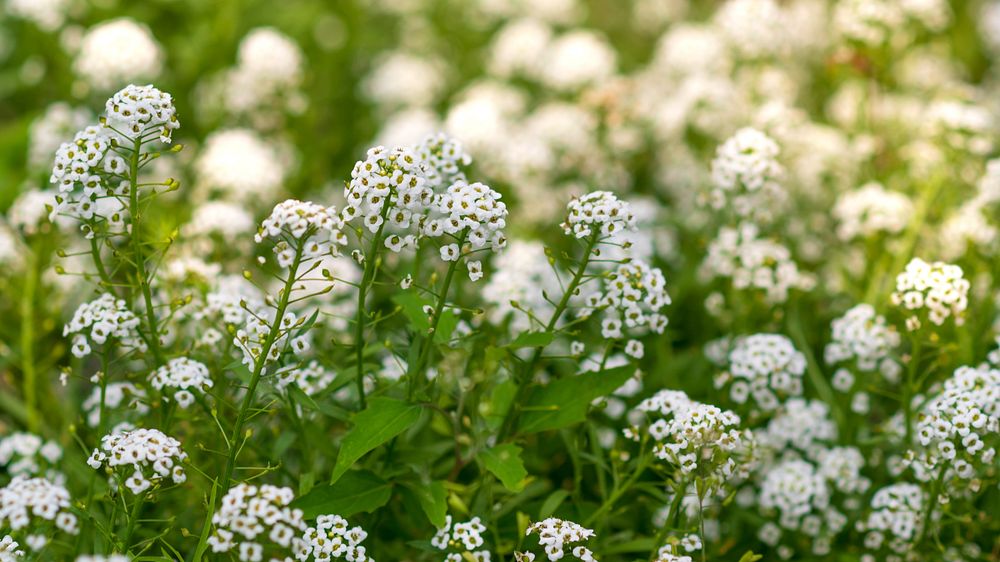
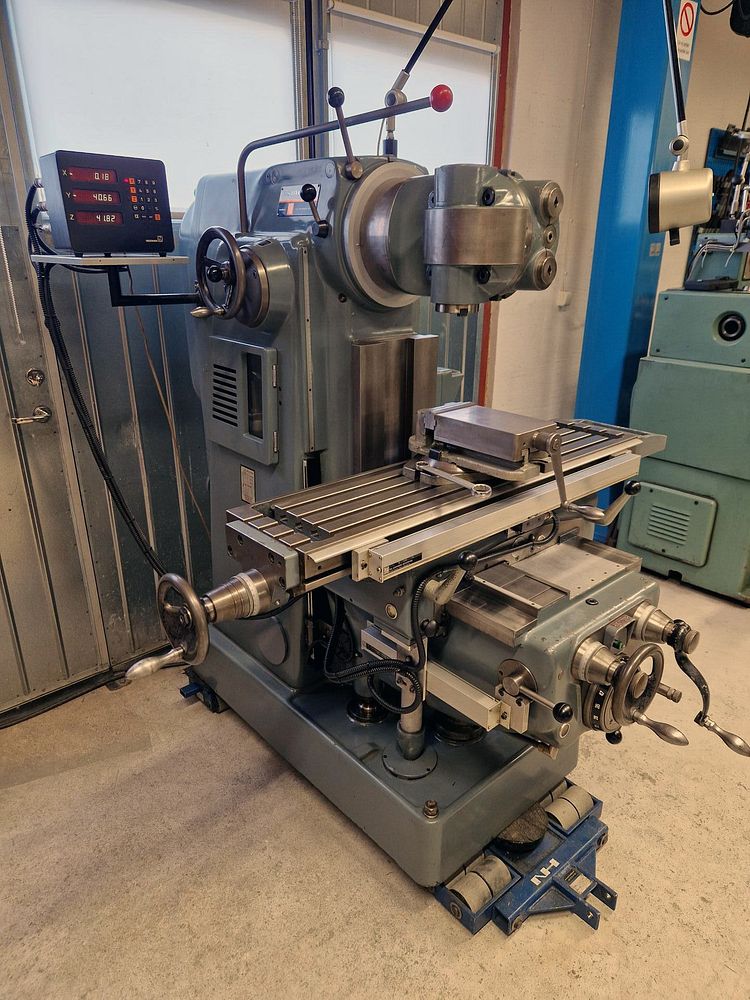
Related links
Categories
About Surplex
Surplex has been one of Europe’s leading industrial auction houses for 25 years and trades worldwide in used machines and factory equipment. The 18-language auction platform Surplex.com has over 125,000 registered customers. Around 1,000 online auctions are held annually, with more than 400,000 industrial products sold to date. The company is based in Düsseldorf and has offices in 16 European countries. More than 220 employees from 27 different nations provide a full service in 20 languages.

